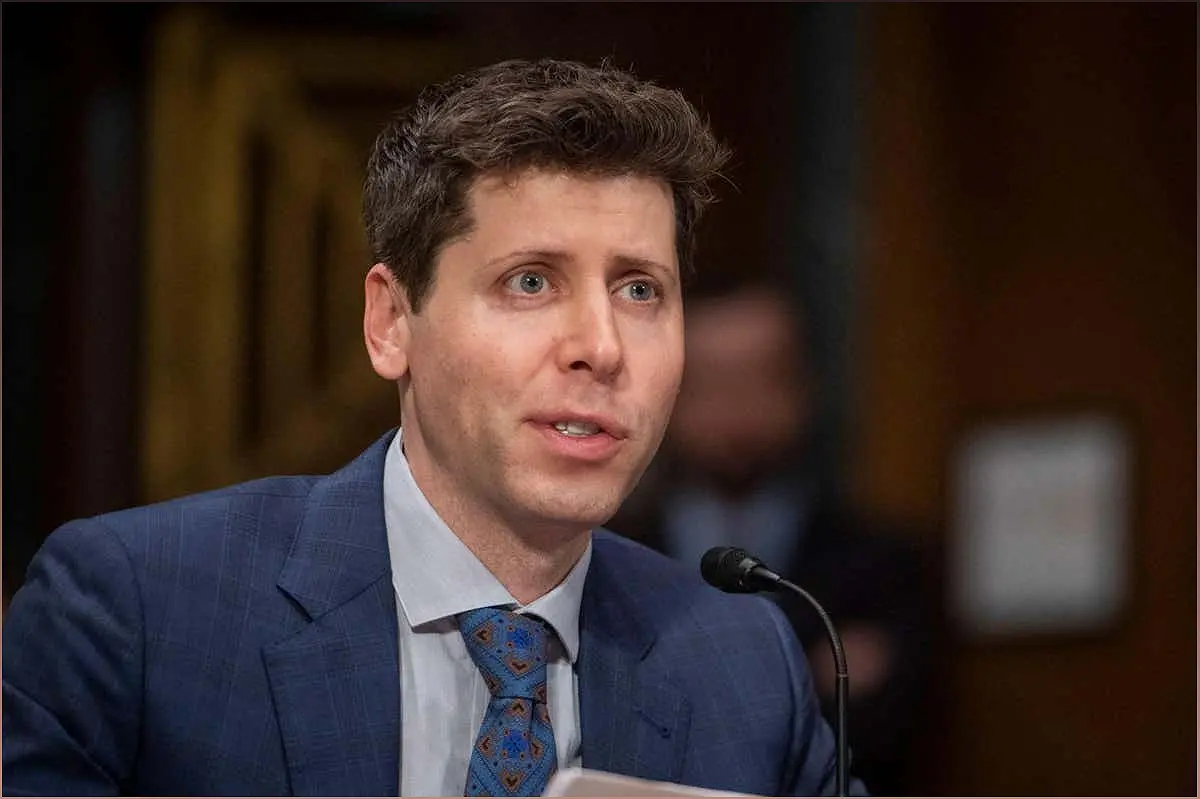In a surprising turn of events, OpenAI, the renowned AI research organization, has undergone significant leadership changes. Sam Altman, the former CEO, has been dismissed, leading to speculation about the motives behind his departure. This article delves into the recent developments at OpenAI, including the appointment of a new CEO and the creation of an advanced AI research team at Microsoft. Join us as we explore the implications of these changes for the future of OpenAI and the broader AI industry.
Surprising Leadership Changes
Explore the unexpected dismissal of Sam Altman and the subsequent changes in OpenAI's leadership.
OpenAI, the renowned AI research organization, recently experienced a surprising turn of events with the dismissal of Sam Altman, its former CEO. This unexpected move raised questions about the motives behind Altman's departure and the implications for OpenAI's future.
Altman's lack of candor in communications was cited as the reason for his dismissal by OpenAI's board of directors. This decision sent shockwaves through the industry and triggered speculation about potential conflicts of interest and disagreements on AI safety.
Shortly after Altman's departure, Greg Brockman, the president of OpenAI, was also removed from the board, followed by the resignation of three senior researchers. These leadership changes have undoubtedly left a significant impact on OpenAI's direction and research initiatives.
New CEO and Microsoft Collaboration
Learn about the appointment of a new CEO at OpenAI and the collaboration with Microsoft to form an advanced AI research team.
Following Sam Altman's departure, OpenAI swiftly appointed Mira Murati as the interim CEO. However, within two days, Emmett Shear, co-founder of Twitch, was announced as the new CEO. Shear emphasized that Altman's removal was unrelated to any disagreements on AI safety and assured the public of an independent investigation.
Interestingly, Altman and Greg Brockman, both ousted from OpenAI, have found a new home at Microsoft. They will be leading a newly formed advanced AI research team, marking a collaboration between the two tech giants. This collaboration raises questions about the future of OpenAI's research direction and the potential conflicts of interest that may arise.
The partnership between OpenAI and Microsoft holds significant implications for the AI industry as a whole. It brings together the expertise and resources of two influential players, fueling the advancement of AI technologies and potentially shaping the future of the field.
OpenAI's Evolution and Industry Impact
Trace the evolution of OpenAI from its early days to its transition to a profit-led model, and explore the implications for the AI industry.
Founded in 2015, OpenAI initially aimed to release its research publicly and make its proprietary technology accessible to all. However, in 2019, the organization shifted its focus towards a profit-led model, raising concerns about the accessibility and openness of its research.
OpenAI has been at the forefront of AI research, developing groundbreaking models like GPT-3, GPT-4, and DALL-E. These models have pushed the boundaries of what AI can achieve, but the transition to a profit-driven approach has sparked debates about the balance between commercial interests and the broader benefits of AI.
With the recent leadership changes and the collaboration with Microsoft, the future of OpenAI and its impact on the AI industry remain uncertain. However, the rapid pace of AI research and commercialization is expected to continue, fueled by well-funded competition and the growing demand for AI-powered solutions.

